Profile
About “Nagoya Omotenashi Bushotai”
Nagoya Omotenashi Bushotai is comprised of 6 bushos (army generals) and 4 jingasa soldiers.
The 6 bushos are; Nobunaga Oda, Hideyoshi Toyotomi, Ieyasu Tokugawa, Toshiie Maeda, Kiyomasa Kato, and Keiji Maeda.
Nagoya Omotenashi Bushotai members talk and act as the “real” historical figures.
They are featured in various TV shows. They also entertain visitors at the Nagoya Castle.
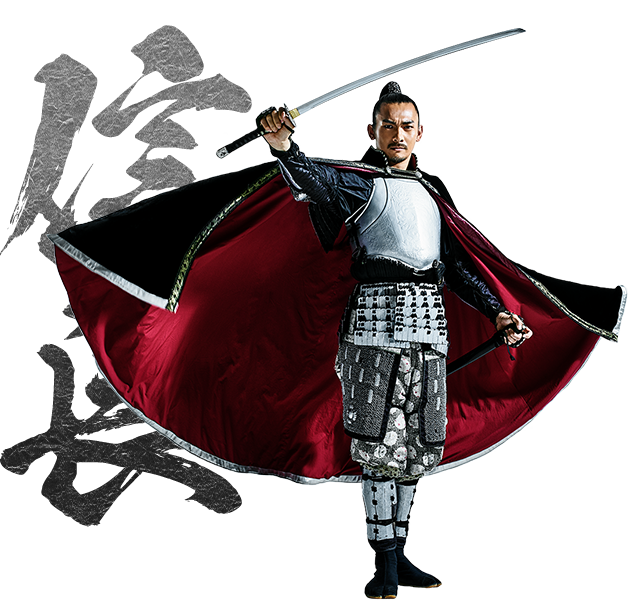
Nobunaga Oda
Superhero of early-modern Japan and Pioneer of new age; he changed Japanese history.
- Early-modern Japan (The Sengoku period. c. 1467 – c. 1573) is a period in Japanese history marked by social upheaval, political intrigue and near-constant military conflict that – like its otherwise unrelated ancient Chinese namesake – is also known as the Warring States period. It came to an end when all political power was unified under the Tokugawa shogunate.
- The Sengoku Period was also known as the Warring States period and lasted from 1467, the beginning of the Ōnin War (応仁の乱Ōnin no Ran), until 1568, when Oda Nobunaga entered Kyōto to assert national hegemony.

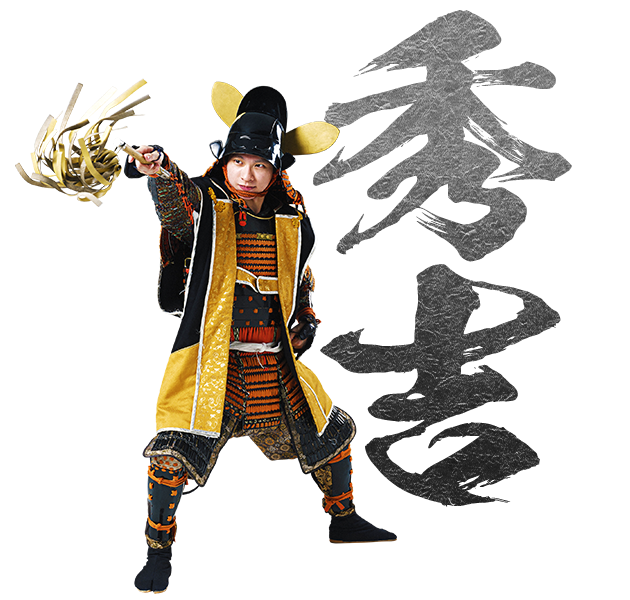
Hideyoshi Toyotomi
The most successful man in Sengoku period who rose to the ruler of Japan from a peasant life
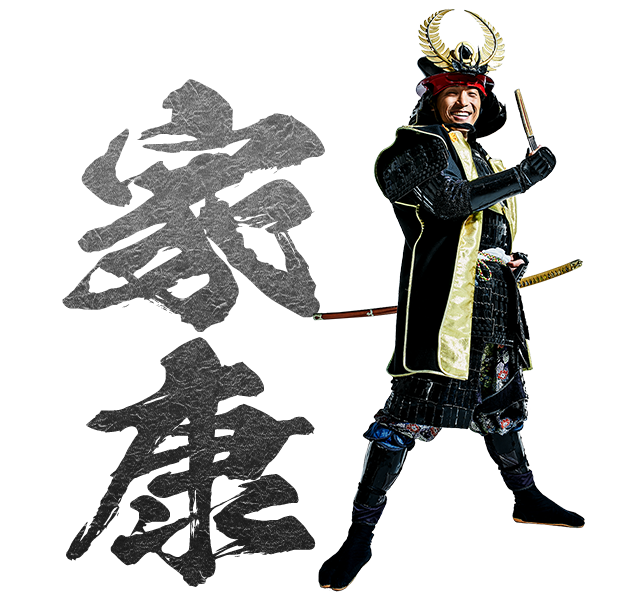
Ieyasu Tokugawa
The fist shogun and founder of the Edo shogunate that lasted for 260 years in undisturbed peace.

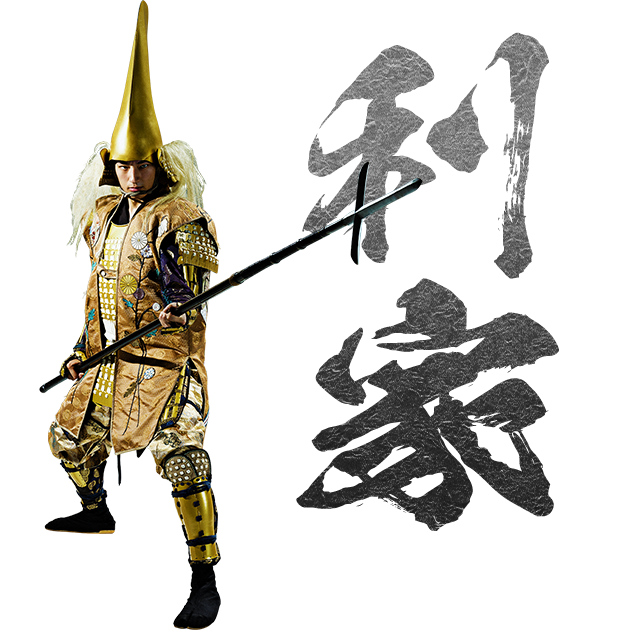
Toshiie Maeda
An unparalleled spear man. He bacame a founder of Kaga country after serving the rulers Nobunaga and Hideyoshi.

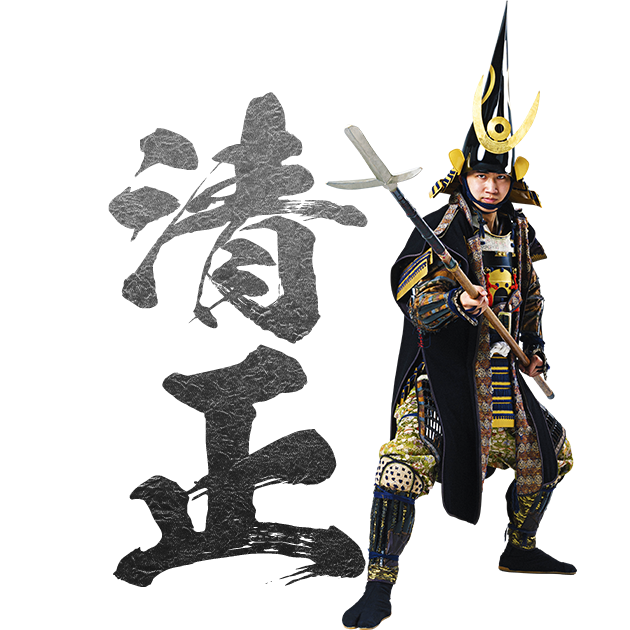
Kiyomasa Kato
A brave and daring samurai, also known as a master of constructing castle foundation.
- The samurai became almost entirely synonymous with bushi, and the word was closely associated with the middle and upper echelons of the warrior class. The samurai followed a set of rules that came to be known as bushidō. While the samurai numbered less than 10% of Japan's population, their teachings can still be found today in both everyday life and in modern Japanese martial arts.
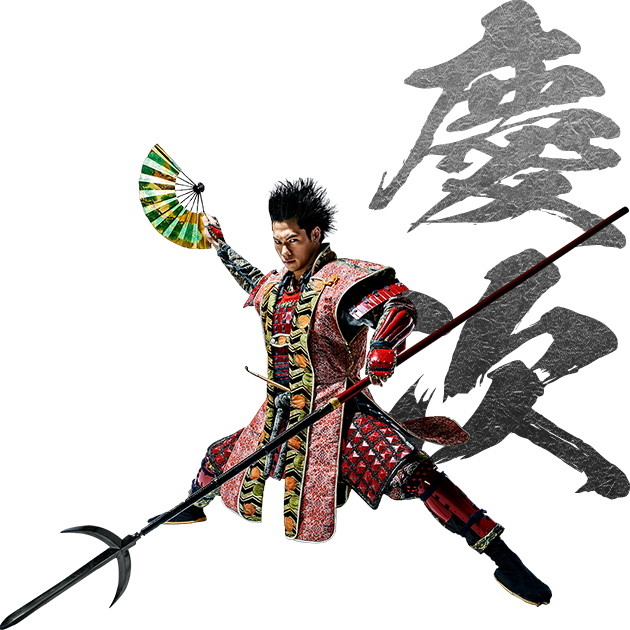
Keiji Maeda
A kind, strong, good looking and eccentric Kabukimono who attracted public attention with his eye-catching clothes and peculiar hairstyle. Lived freely and traveled all over Japan.
- Kabukimono is often translated into English as “strange things” or “the crazy ones”, believed to be derived from kabuku meaning “to slant” or “to deviate”. They were masterless or wandering samurai or ronin, or men who had once worked for samurai families who, during times of peace, formed gangs.

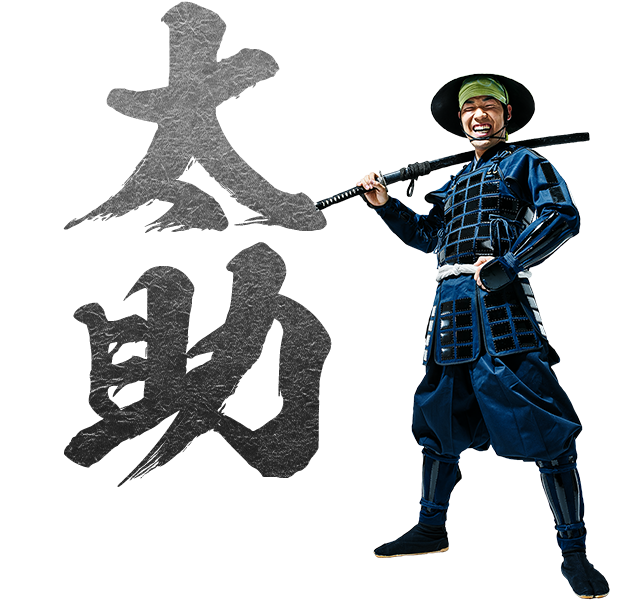
Tasuke
Child of the mountains. His wild instincts protect him at battle fields.

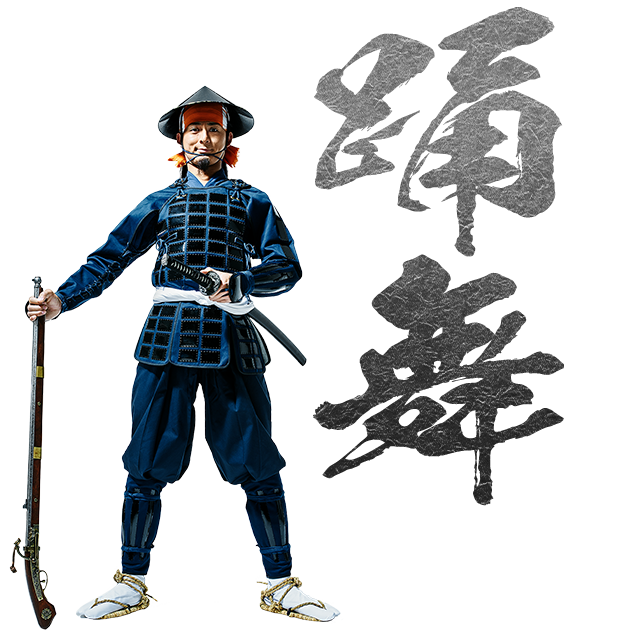
Touma
A gentle but strong man from a street performing family. His favorite activity is taking natural photographs.

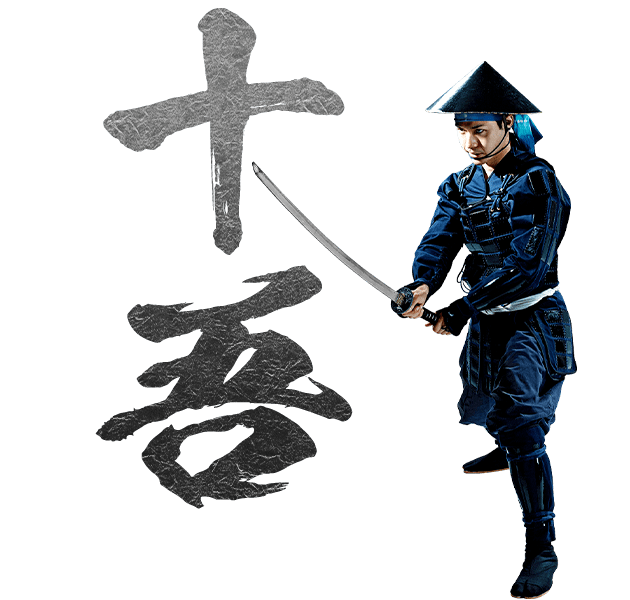
Jūgo
"Even cowardice is useful!" Always on edge, he is the first to notice signs of danger.

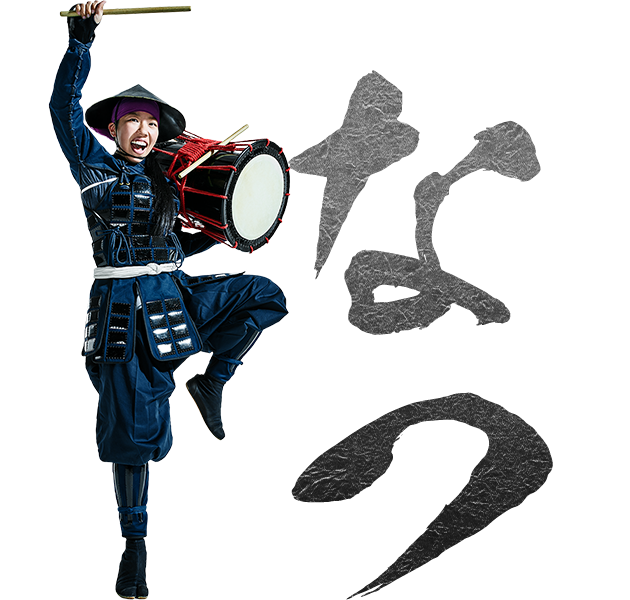
Natsu
Only female in company. Good at cooking and her dishes encouraged her party several times.

